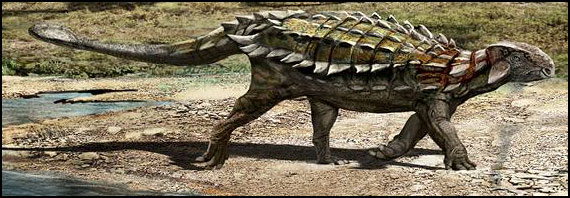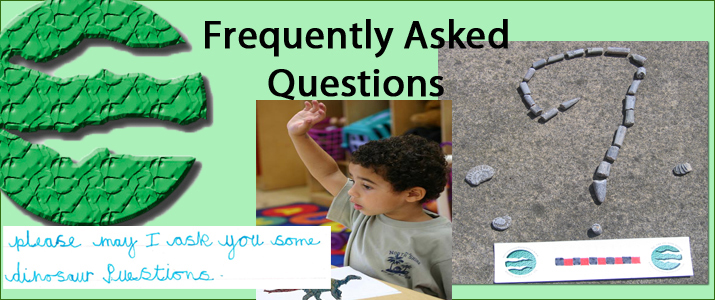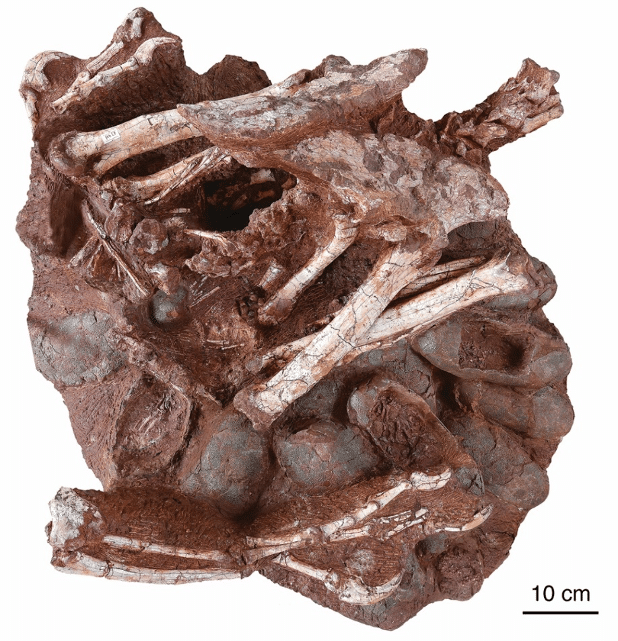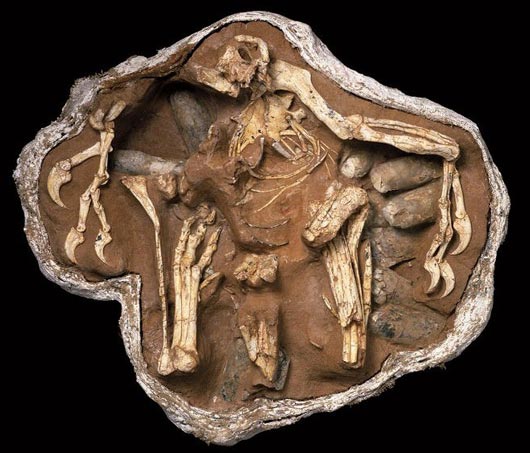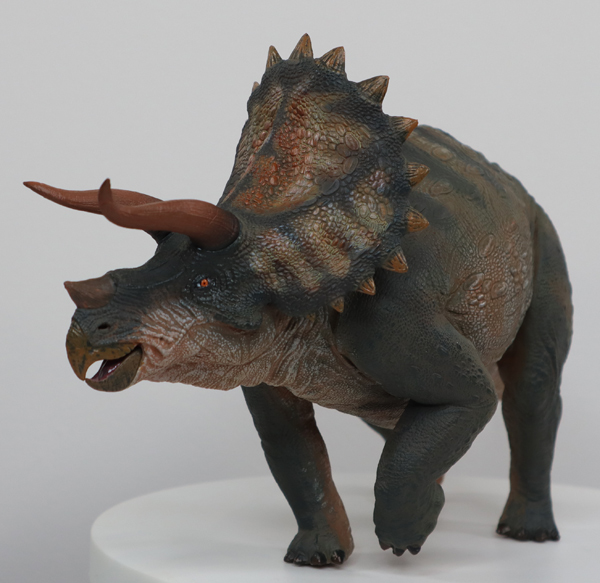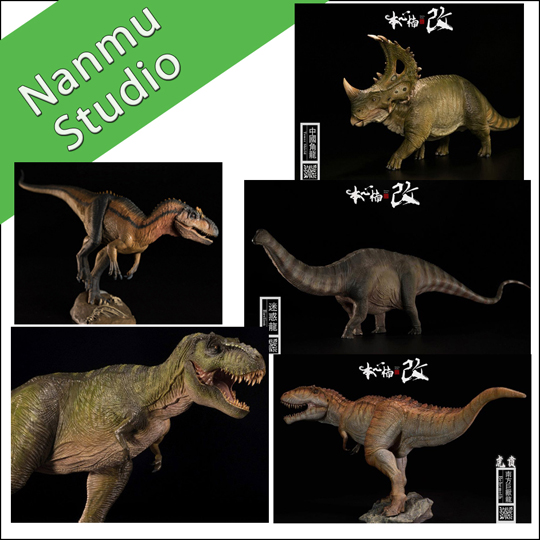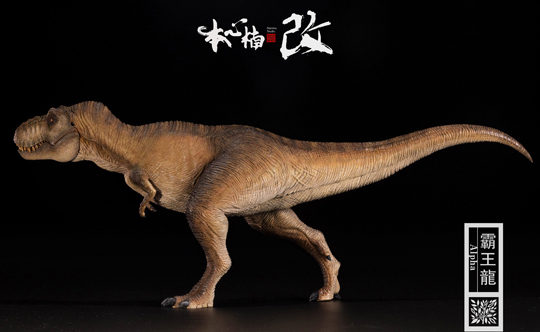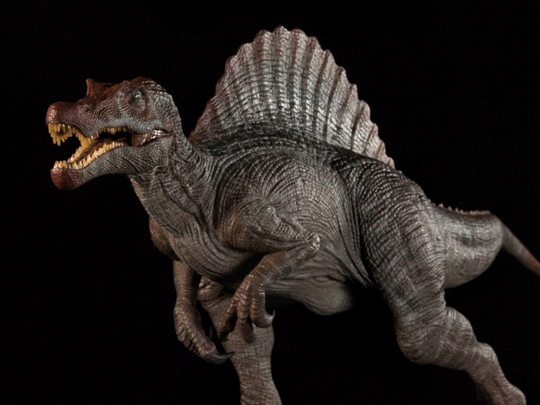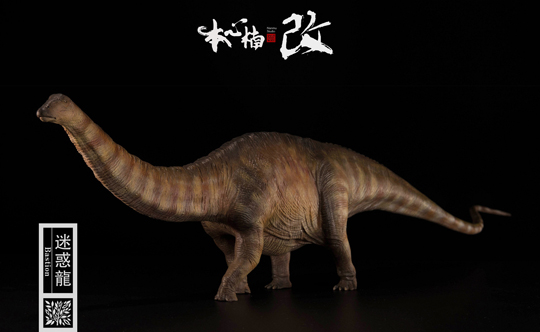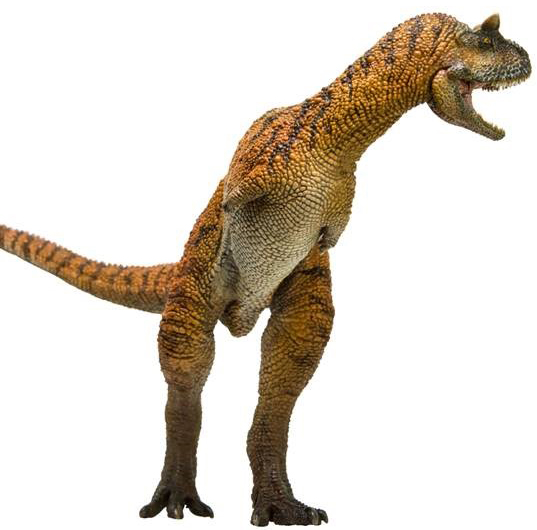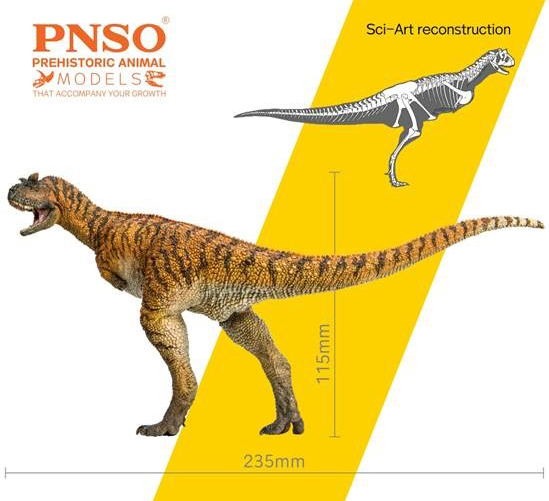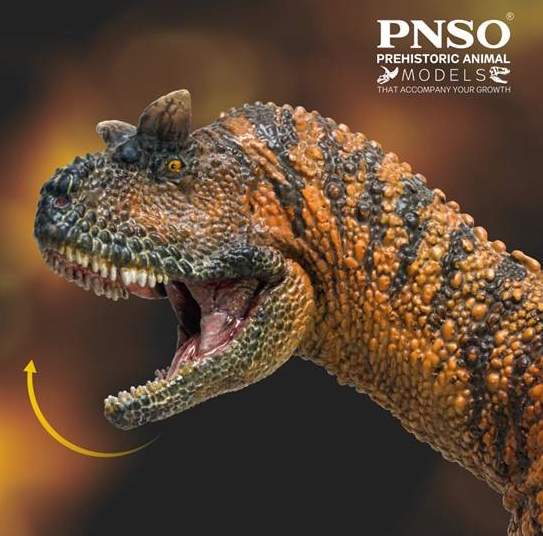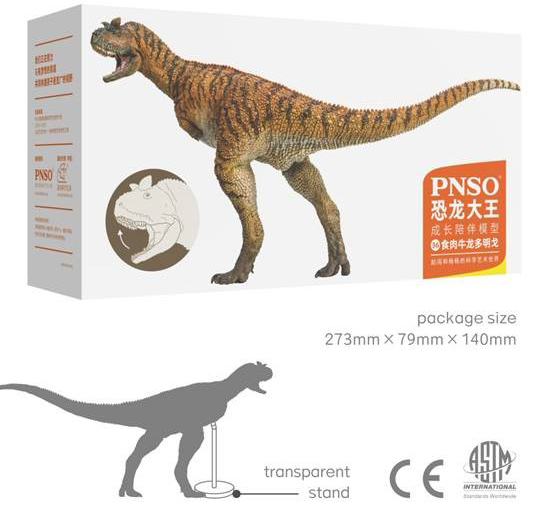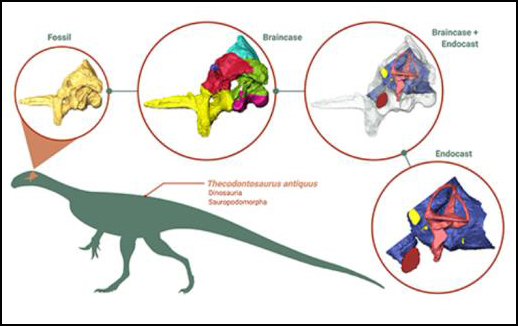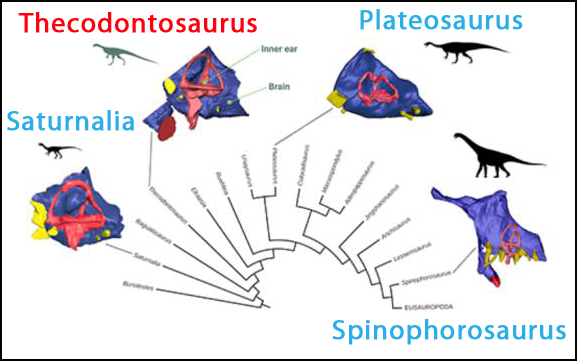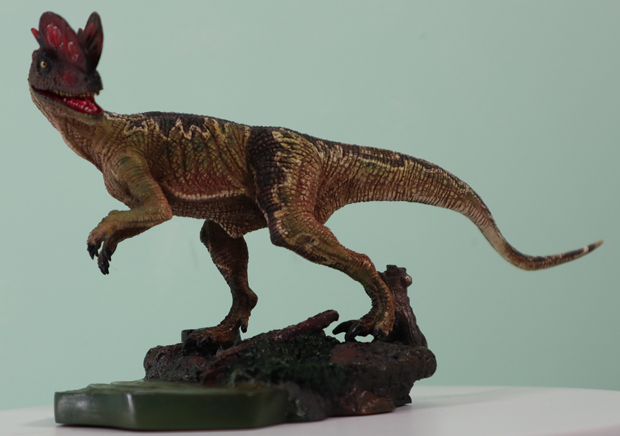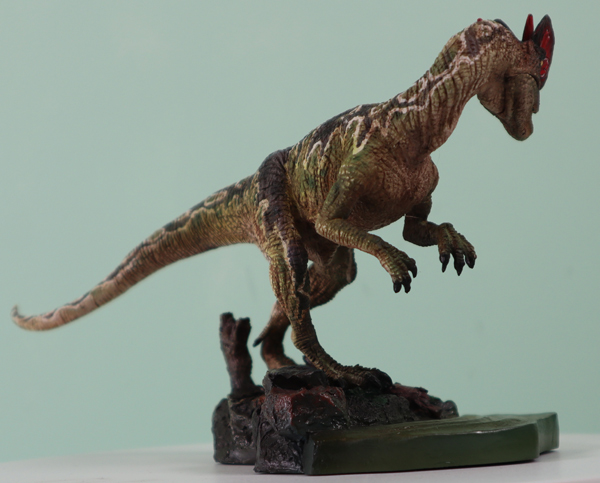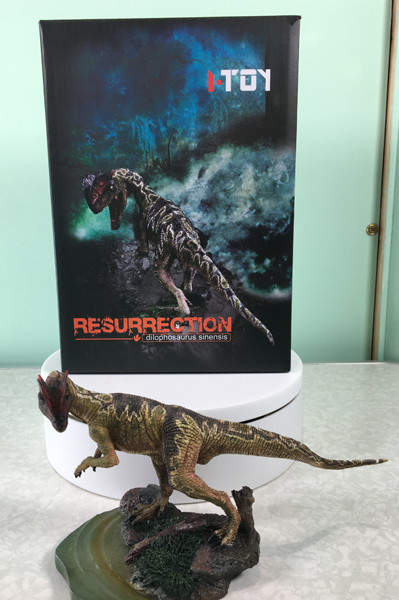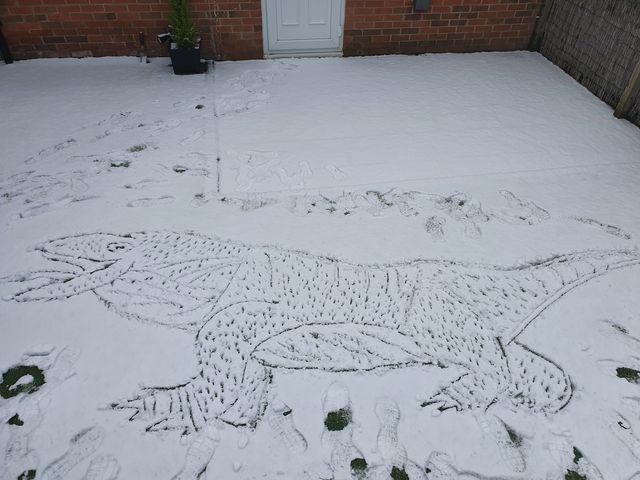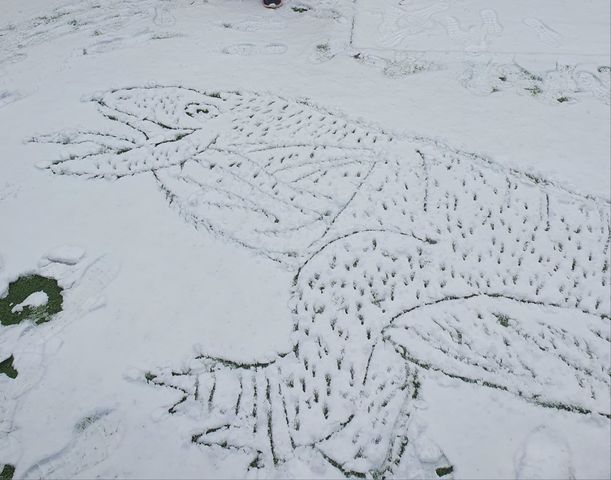New PNSO Pinacosaurus Dinosaur Model
New PNSO Pinacosaurus Dinosaur Model
Everything Dinosaur in collaboration with PNSO announce that in 2021 a museum quality replica of Pinacosaurus will be added to the PNSO model range. Over the last few months, Everything Dinosaur has released information about a huge range of new PNSO dinosaur models, including lots of armoured dinosaurs such as the new Tuojiangosaurus, Borealopelta, Sauropelta and Miragaia. It is wonderful to see a Chinese manufacturer adding an Asian member of the Ankylosauridae family to their product portfolio.
This new Pinacosaurus dinosaur model will be in stock at Everything Dinosaur in 2021.
The New for 2021 PNSO Bart the Pinacosaurus Dinosaur Model
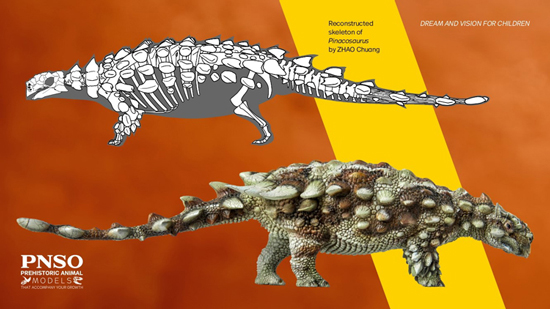
The new for 2021 PNSO Bart the Pinacosaurus dinosaur model (lateral view). This new model is number 37 in the PNSO model series.
Pinacosaurus grangeri
Named and described in 1933 by the American palaeontologist C. W. Gilmore, the first fossils of this medium-sized member of the ankylosaur family were discovered by the famous American Museum of Natural History Museum expedition to the Gobi Desert of Mongolia in the early 1920s. The genus name translates from the Latin as “plank lizard”, a reference to the small, plank-like dermal scutes associated with the top of the skull. The trivial or species name honours Walter Wallis Granger one of the scientists involved with the American Museum of Natural History expedition. It was Granger who found the first fossilised remains of this armoured dinosaur in 1923.
The dinosaur (P. grangeri) is estimated to have been around 5 metres long when fully grown. Estimates of body weight vary, Gregory S. Paul estimates a body weight of 1,900 kilograms, whereas other researchers, suggest that this armoured dinosaur was relatively lightly-built when compared to similarly sized ankylosaurines such as Tarchia (T. kielanae), Ziapelta (Z. sanjuanensis) and Aletopelta (A. coombsi).
The New for 2021 Pinacosaurus Dinosaur Model from PNSO
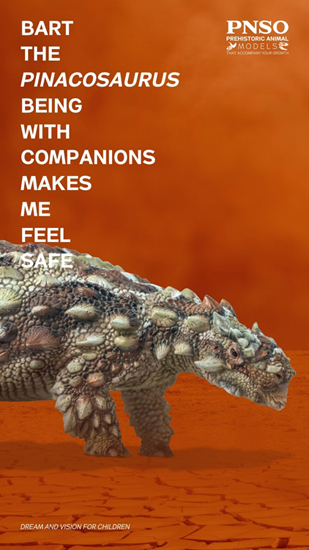
The new for 2021 PNSO Bart the Pinacosaurus dinosaur model. A replica of the Late Cretaceous ankylosaurine from Inner Mongolia.
Lots of Specimens to Study
The design at PNSO have been spoilt for choice when it comes to Pinacosaurus. There are numerous fossil specimens to study including almost complete individual skeletons. Most of the fossil material represents juveniles and as these remains tend to be found in groups, it has been suggested that these herbivores roamed their desert environment in small herds.
Pinacosaurus has been featured in a diorama by the renowned artist Zhao Chuang depicting the dinosaur dominated Late Cretaceous Asian ecosystem
A Pinacosaurus (P. grangeri) Life Reconstruction
Picture credit: Zhao Chuang
Inspired by the Australian Mountain Devil?
Everything Dinosaur team members noted the striking similarity between Bart the PNSO Pinacosaurus model and the extant Australian agamid lizard known as the Mountain Devil or Moloch (Moloch horridus). The colours chosen for the PNSO model are reminiscent of the colour of the Moloch, a thorny lizard which is widespread in Australia.
Visit the Everything Dinosaur website: Dinosaur Toys and Gifts.
A Dorsal View of Bart the PNSO Pinacosaurus Replica

The new for 2021 PNSO Bart the Pinacosaurus dinosaur model (dorsal view). The colouration of the dermal armour reminds Everything Dinosaur team members of the Mountain Devil lizard from Australia.
The new PNSO Bart the Pinacosaurus dinosaur model will be in stock at Everything Dinosaur in 2021.
To view the current of PNSO dinosaurs and prehistoric animals in stock at Everything Dinosaur: PNSO Age of Dinosaurs Models.


